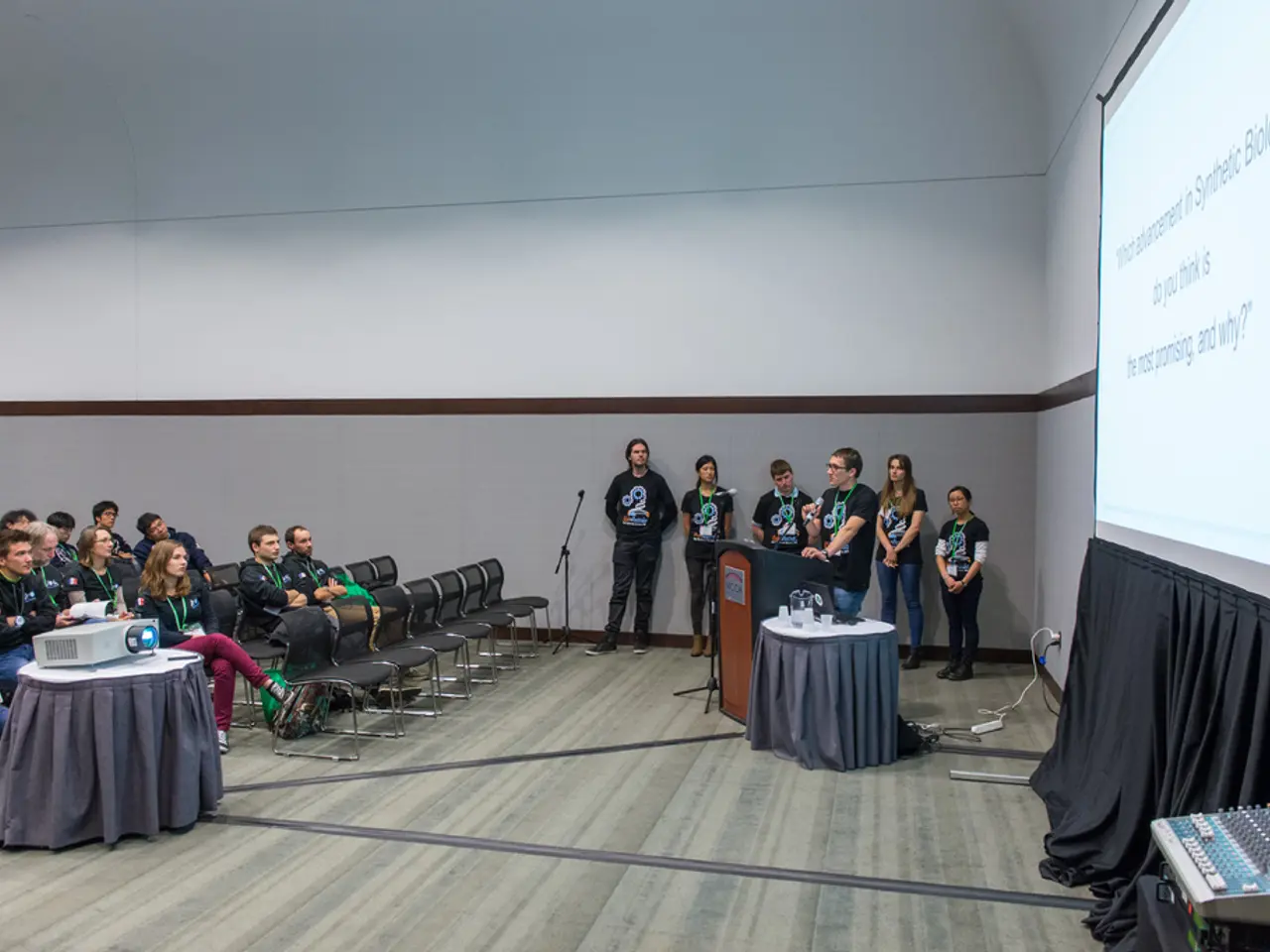Seven Change Management Approaches, Including Guidelines and Suggestions for Implementation
Change is an inevitable part of any business, and effective change management can make the difference between a smooth transition and a rocky one. Here's a rundown of six popular change management models that can help your organization adapt to change more efficiently.
Lewin's Change Management Model
Lewin's Change Management Model, developed by Kurt Lewin, consists of three phases: unfreezing, changing, and refreezing. This model emphasizes human psychology and employee mindset shifts, making it easy to understand and apply for beginners. It supports behavioural change and stability post-change, encouraging reinforcement and monitoring. This model is suitable for changes requiring behavioural shifts and cultural adaptation.
McKinsey's 7S Change Management Model
McKinsey's 7S Change Management Model views change as an interconnected process affecting all aspects of the workplace. It focuses on seven interrelated organizational elements: Strategy, Structure, Systems, Shared Values, Staff, Style, and Skills. This holistic approach enables comprehensive organizational assessment and alignment, making it best used for broad organizational transformations requiring alignment of multiple components.
Kotter's Change Management Model
Kotter's Change Management Model, developed by John P. Kotter, has eight distinct phases: create a sense of urgency, form a change team, create a strategic vision, communicate the vision, remove barriers to change, build off short-term wins, maintain momentum, and anchor change. This model provides a practical and detailed roadmap, engaging leadership actively and emphasizing creating urgency and sustained acceleration. It is effective for large-scale, complex changes requiring strong leadership and clear milestones.
Nudge Theory of Change Management
Nudge Theory of Change Management is a method for getting workforce onboard with change organically by leveraging their cognitive biases. It encourages voluntary, less resistant change and improves adoption through choice architecture, making it less forceful and more psychologically aligned with human behavior. This method is useful in influencing individual behaviors gradually and complements other models to reduce resistance in change adoption.
Bridges Transition Model
The Bridges Transition Model is a process for change management that maps out the human response to change throughout three distinct stages of transition: Endings, Neutral Zone, and New Beginnings. This model focuses on individual experiences, recognizing that individuals experience change differently and provides insights into their emotional journey. It addresses emotional and psychological transitions, supporting employee well-being and reducing resistance.
Kübler-Ross Change Curve Model
The Kübler-Ross Change Curve Model helps leaders empathize with the emotional impacts of organizational change by adapting from the five stages of grief. It helps leaders anticipate and manage emotional responses, supports empathy and tailored communication strategies, and prepares for setbacks. This model is useful to understand and support employees’ emotional journeys during unsettling or significant changes.
Each model offers unique strengths—choosing the right one depends on the nature of the change, organizational culture, and the specific challenges faced during the transition. Understanding these models can help you make informed decisions when navigating transitions and guiding teams when adopting new processes.
[1] [https://www.mindtools.com/pages/article/newLDR_81.htm] [2] [https://www.mckinsey.com/business-functions/organization/our-insights/seven-s-a-framework-for-change] [3] [https://hbr.org/2014/12/what-the-best-minds-say-about-managing-change] [4] [https://www.forbes.com/sites/forbescoachescouncil/2018/09/24/the-7-r-model-for-change-management-and-its-benefits/?sh=6e6572446b70] [5] [https://hbr.org/2008/03/what-the-best-companies-do-to-manage-change]
- Incorporating a blend of team collaboration and technology, the Nudge Theory of Change Management can encourage a smoother adoption of new business strategies among employees by utilizing their inherent cognitive biases.
- To ensure a comprehensive restructure of its financial, lifestyle, and operational aspects, adopting the holistic McKinsey's 7S Change Management Model would best suit a company undergoing a broader organizational transformation.




